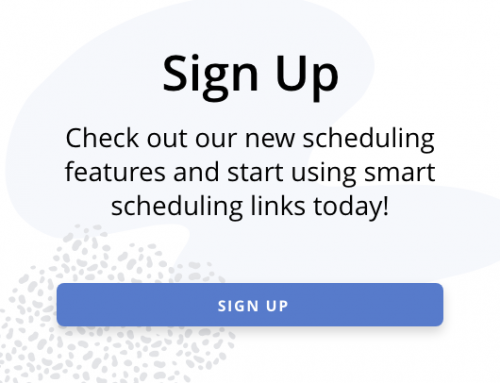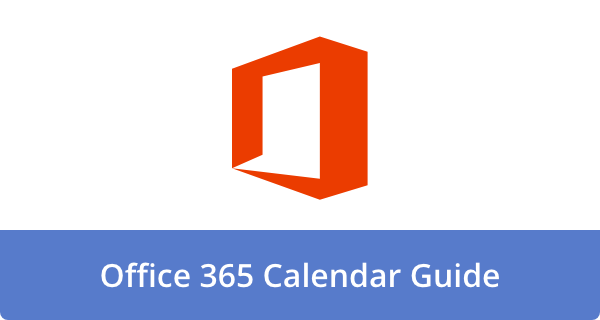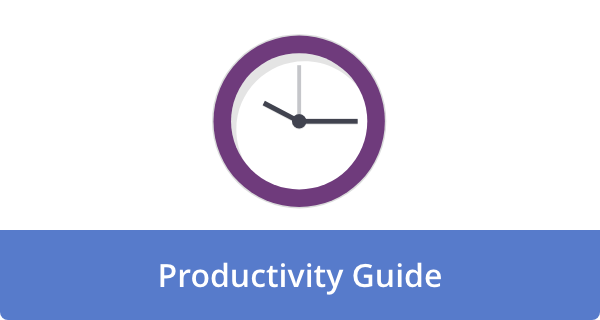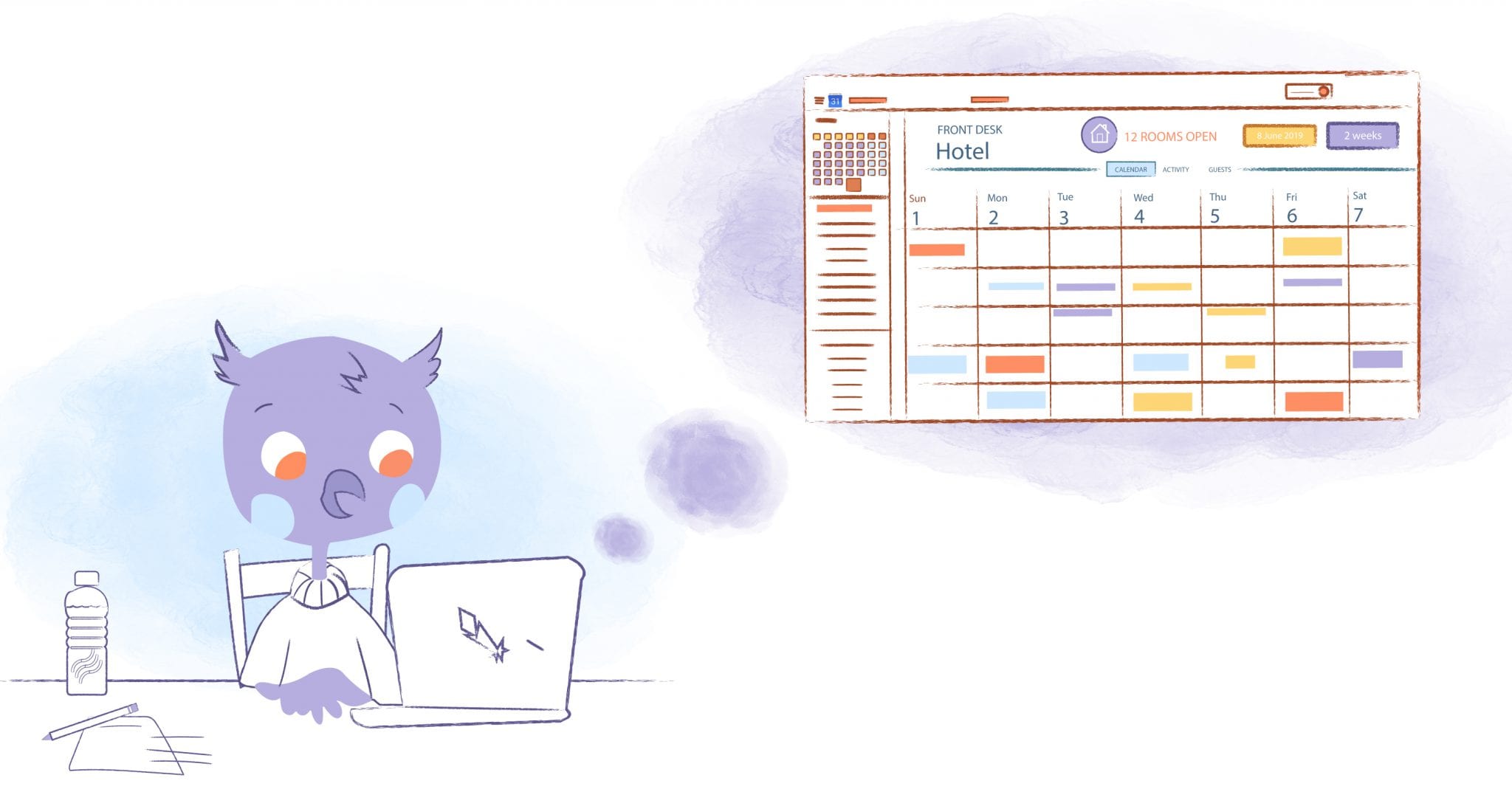

Spring has sprung, and it’s time to do more than dust off the cobwebs. It’s also the perfect time to declutter your life — starting with that ever-growing to-do list.
In this post, I’ll explain how to determine what truly deserves your attention if you feel bogged down by endless tasks. In addition to organization, I’ll discuss prioritization, helping you identify what matters most and eliminate the rest.
So, get ready to shed the unnecessary and step into a more focused and, ultimately, more peaceful spring.
Take Inventory of Your Current Tasks: The Great Task Roundup
It’s easy to feel overwhelmed by crumpled notes, forgotten tasks, and nagging should-dos. However, we must first understand the landscape before we can bring order to this chaos. Think of this as your “Great Task Roundup,” where you examine everything that needs your attention. Whether small or overwhelming, we’re playing archaeologist here, unearthing all buried tasks.
Why this deep dive? Because streamlining starts with absolute clarity. You can’t efficiently declutter and prioritize without knowing precisely what you’re dealing with. So, let’s roll up our sleeves and get digging.
Gather your artifacts.
Let’s start by assembling all the “artifacts.” These are all the tasks taking up your mental or physical space. Embrace the chaos instead of being selective.
- The paper trail. The crumpled piece of paper with the grocery list on one side and half-baked business ideas on the other? Include it. Is there a swarm of sticky notes on your monitor like a desperate barnacle? Add them as well.
- The digital domain. Have you been avoiding those digital tasks in your project management software? Bring them into the light. Do you have any emails you’ve flagged as “for later”? These are part of the excavation. What about the digital notes scattered across multiple apps? Make sure they are all collected.
- The mental maelstrom. Here’s where it gets tricky — those mental notes. Thoughts like, “I really should…”, vague promises you’ve made to yourself, annoying reminders you receive at inconvenient times. You should write them down and get them out of your head.
Document the discoveries.
Now, write it all down. Make one comprehensive list, a master document that contains every task you have identified. At this point, you shouldn’t worry about organizing or prioritizing.
It is perfectly normal to feel overwhelmed at this point. It can be a bit intimidating when everything is laid out in front of you—like opening your drawer and noticing how many mismatched socks there are. But it’s an essential part of the process. Ultimately, this visual representation provides a detailed account of your current obligations without being filtered.
Identify Priorities: The Eisenhower Matrix to the Rescue
Now that you’ve laid out your task mountain, you’re ready to prioritize. Remember, not all tasks are created equal. While some are game-changers that help you reach your goals, others are time-suckers, which drain your energy with little return.
To find out what truly matters, let’s turn to the Eisenhower Matrix. Perhaps you’ve heard of it. If not, this system categorizes your tasks based on urgency and importance. Despite its simplicity, it is a powerful tool for prioritizing tasks.
Here’s how it works;
- Urgent and important. These are the fires in your life. In other words, projects with looming deadlines or crises need immediate attention. These tasks directly affect your success, job, and well-being, requiring immediate action.
- Important but not urgent. Consider these your long-term investments. A new project, learning a new skill, exercising regularly, or spending quality time with loved ones are all tasks that contribute to your professional and personal growth. While vital, they don’t call out to you right now. We often neglect them because they don’t have that immediate pressure, but they’re crucial to our long-term happiness and success.
- Urgent but not important. These distractions masquerade as priorities. Examples include emails interrupting your flow, meetings that could have been handled by email, and tasks someone else should handle (and probably could). Though they feel urgent, they don’t contribute to what’s truly important.
- Neither urgent nor important. This is where your time goes down the drain. In other words, time-wasting activities that have no value to your life or work. Do you spend hours scrolling through social media? That probably falls under this category. This type of mindless browsing makes you feel less energized, not more.
Trim the Excess – The Great Task Purge
It’s time to be ruthless. Do you remember Marie Kondo? She would encourage you to ask, “Does this spark joy?” Instead of physical items, though, this would be for your tasks
Is there anything that doesn’t fit the “Neither Urgent nor Important” category? They’re gone. Delete, archive, and forget about them if they don’t serve a purpose. However, you have to be honest with yourself during this productivity purge.
If possible, delegate tasks that are “Urgent but Not Important.” This way, your “Important” tasks can be done without distraction.
Set Realistic Goals: The SMART Approach
Trying to accomplish everything on your to-do list in one day is a recipe for burnout. It’s like trying to clean your entire house in one afternoon — you end up exhausted, and nothing gets done. Instead, let’s be kind to ourselves and set reasonable daily and weekly goals.
To accomplish this, you can use SMART criteria. Using it, you can set more likely-to-be-achieved goals. As a reminder, here’s what it means;
- Specific. What exactly do you want to achieve? Don’t be vague. For example, instead of “work on project,” try “draft the introduction to the project report.”
- Measurable. If you achieve it, how will you know? What does success look like? Rather than “exercise more,” try “go for a 30-minute walk three times this week.”
- Achievable. Is it realistic, given your resources and time? Give yourself a realistic assessment of what you can achieve in a given timeframe. When you do, you can keep yourself from overloading.
- Relevant. Is it aligned with your overall goals? In the long run, does this task contribute to what you are trying to achieve? Ideally, focus on tasks that contribute to your larger goals.
- Time-bound. When will you complete it? If you don’t have a deadline, give yourself one. For instance, instead of “read that book,” try “read the first three chapters of the book by next Sunday.”
Implement a Prioritization System: Find Your Rhythm
To prevent your to-do list from spiraling out of control, you need a system. In other words, your tasks should be prioritized and managed consistently. There are several popular methods you can try. It’s about finding what works best for you, such as;
- The Ivy Lee Method. Simple, yet incredibly powerful, this method is a classic. Every evening, write down what you consider to be your six most important tasks for the day. On the following day, prioritize them. Don’t move on to the next task until you’ve completed the first one. As a result, you are forced to focus on the most important tasks and are prevented from getting distracted by unimportant things.
- The Pareto Principle (80/20 Rule). According to this principle, 80% of your results are achieved with 20% of your efforts. Therefore, devote 80% of your time and effort to the 20% of tasks that yield 80% of your results. Or to put it another way, prioritize your higher-impact activities.
- Time Blocking. You can do this by allocating specific time slots in your calendar to particular tasks. This is a great way to structure your day and avoid multitasking, one of the biggest productivity killers. Rather than flitting between tasks, you devote a block of time to one, allowing you to focus intensely.
Conquer Your To-Do List: Implement the 20/10 Rule
The words “decluttering” and “to-do list” often evoke the same reaction: a heavy sigh. This is especially true for those tasks you’ve been putting off. However, what if I told you there was a way to trick your brain into actually tolerating them, perhaps even… dare I say… enjoying them?
Enter the 20/10 rule. It’s a simple, effective strategy that breaks down daunting tasks into manageable chunks.
Popularized by Rachel Hoffman in her practical book, Unfck Your Habitat, this is straightforward. After 20 minutes of work, you have a non-negotiable 10-minute break. Consider it a mini-reward ceremony, a brief escape into whatever makes you happy.
What makes this work? It’s all about training your brain. Often, we associate our to-do list with endless effort, drudgery, and feeling overwhelmed. In contrast, the 20/10 rule flips the script. It simplifies the perceived mountain into smaller, more manageable hills. Furthermore, it guarantees a reward for the effort.
So, how do you implement it? It’s surprisingly easy;
- Grab a timer. Your phone works perfectly.
- Set it for 20 minutes. This is your focused work time.
- Dive in. Don’t let that dreaded task hold you back. Maybe it’s organizing your digital files, clearing up your inbox, or organizing your to-do list.
- When the timer buzzes, stop. No excuses. Step away and take your 10-minute break, no matter how tempting it is to just ‘finish this one little thing.’
- Repeat. When you return to work, reset the timer and repeat the process.
You might be surprised at what you accomplish when you work in these focused bursts. Additionally, spring cleaning your to-do list might not be as painful as you thought. The 20/10 rule is the perfect, simple first step to declutter and tackle your to-do list.
Embrace Flexibility: The Art of the Pivot
Life happens. Deadlines will inevitably pop up, emergencies will occur, and sometimes, you just need a break. Despite your best efforts, things will inevitably change.
Rather than holding on tightly to your to-do list, build flexibility into it. How? By leaving some buffer time in your schedule to handle the unexpected. In other words, don’t pack your days so tightly that there isn’t room for anything else.
Also, be willing to adjust your plans as needed. Sometimes, you need to shift some tasks if something urgent arises. Don’t beat yourself up whether you follow your schedule perfectly or not. The goal is to have a guide rather than a rigid set of rules.
Regularly Review and Adjust: The Ongoing Maintenance
Keeping your to-do list organized isn’t something you do every spring. Review your priorities each week or month and adjust them as necessary. Are your goals still relevant? Do you spend your time on the right things? Do you still focus on the important tasks, or have you fallen back into the urgent-but-not-important trap?
As a result, your to-do list remains a useful tool rather than a source of stress. You can use it to ensure you’re on track and moving in the right direction.
Conclusion: Breathe Easier, Live Better
When your to-do list is cluttered, your productivity and peace of mind suffer. You may feel overwhelmed, stressed, and constantly behind.
If you evaluate your tasks, prioritize what really matters, and implement a system that works for you, you can enhance your focus and reduce stress. By taking control, you’ll feel accomplished and have more time for important things.
Spring cleaning your to-do list is just as important as refreshing your physical spaces this season. As a result, you’ll feel lighter and more productive. With more focus, energy, and control, you will accomplish more.
Don’t forget, it’s not about doing more; it’s about doing the right things. To live a productive and fulfilling life, you must work smarter, not harder. So, give your to-do list a spring cleaning and get ready to breathe a little easier.
FAQs
Why should I “spring clean” my to-do list?
Decluttering your mental space is just as important as decluttering your physical space. When you spring clean your to-do list, you can focus on what is truly essential.
How do I identify what “truly matters” on my to-do list?
Ask yourself: “Does this task align with my long-term goals?” and “What will happen if I don’t do this?” By doing so, you will be able to filter out the noise.
What are some typical “clutter” items on a to-do list?
Often, these tasks are someone else’s responsibility, no longer relevant tasks, or tasks that can be automated.
How can I avoid falling back into lousy to-do list habits?
Make it a routine. Establish a weekly planning schedule, stick to the system, and celebrate your progress.
Should I digitize my to-do list or stick it on paper?
It’s all about personal preference. In contrast to digital tools, paper is a more tangible option that offers flexibility and reminders. Take the time to experiment and see what works for you.
Image Credit: MART PRODUCTION ; Pexels











John Rampton
John’s goal in life is to make people’s lives much more productive. Upping productivity allows us to spend more time doing the things we enjoy most. John was recently recognized by Entrepreneur Magazine as being one of the top marketers in the World. John is co-founder and CEO of Calendar.